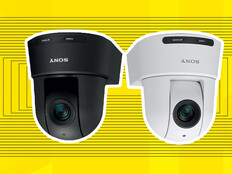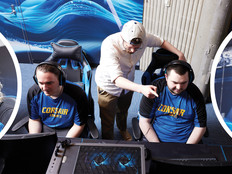Questions To Ask Before You Start a One-To-One Program
1. What are the most popular or in-demand devices universities need to supply to students?
Colleges and universities have supplied a range of tech, including iPad devices, Apple MacBooks and Microsoft Surface computers. With many students already comfortable with the Chrome environment, schools are also increasingly offering Chromebooks.
2. Is there an average cost per student that universities can expect to spend?
Many schools allocate between $600 and $1,000 per device. Smaller allocations are usually linked to lower-cost devices, such as Chromebooks or iPad devices.
3. How should universities or programs select a brand to invest in?
The main two areas of focus are total cost of ownership and usability. Many students change majors between their freshman and senior years, and it is important that the device can support the coursework in differing types of classes.
4. Should a university plan to provide devices to every student, or focus on need?
In an ideal world, universities could benefit from offering each student the device option that best fits his or her educational needs. That said, with limited funding, many schools might find it best to focus first on taking care of those with the strongest financial need.
5. What is the average refresh period for one-to-one device programs, and are there warranty considerations to keep in mind?
Because most institutions view distributed devices as belonging to the student, there is an expectation that the devices will be used for up to five years. Good warranties for higher education need to take into consideration potential damage and replacement for misplaced or stolen devices.









